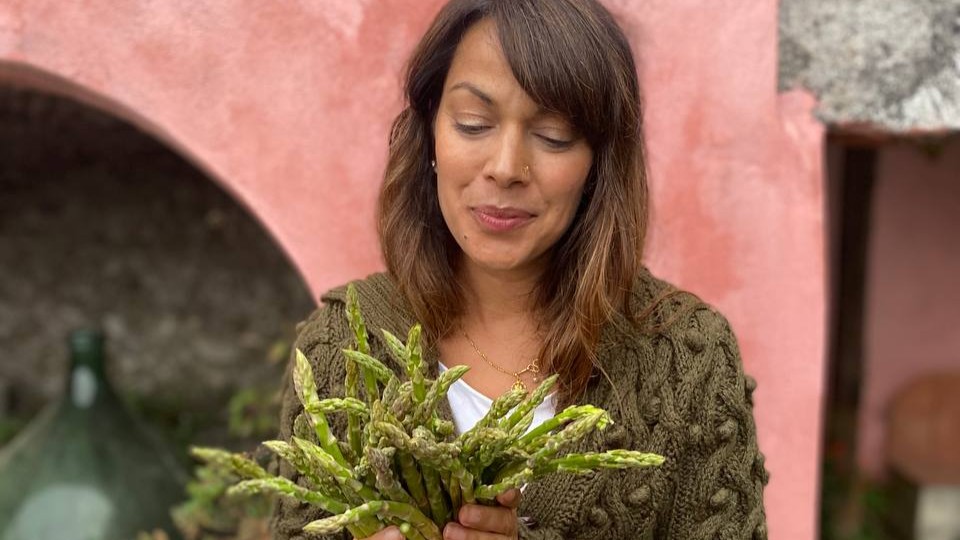Spring & Ayurveda: Aligning with Vasanta Ritu (Spring)
From mid-March or April to mid-May, we transition into Vasanta Ritu (spring). As the warmth of the sun increases, the accumulated Kapha dosha from winter begins to liquefy, leading to potential imbalances in the body. This can manifest as allergies, congestion, fever, and inflammation. To maintain harmony, Ayurveda suggests adapting our diet and lifestyle to balance Kapha during Vasanta Ritu (spring).
Understanding Kapha in Vasanta Ritu (Spring)
- The heaviness and cold of winter melt away, increasing moisture and congestion in the body.
- Kapha-related issues, such as sluggish digestion, sinus congestion, and seasonal allergies, are more prevalent.
- It is important to avoid gaining excessive weight in late winter and early Vasanta Ritu (spring), as Kapha accumulation can lead to lethargy and stagnation.
Dietary & Lifestyle Recommendations for Vasanta Ritu (Spring)
- Favour: Light, warm, and dry foods with bitter, pungent, and astringent tastes. Whole grains like barley, millet, and rye, along with light legumes such as mung beans, help reduce excess Kapha. Using honey as a natural sweetener is also beneficial.
- Avoid: Cold, heavy, and oily foods, which can aggravate Kapha. Dairy, fried foods, and excessive sweets should be minimized.
- Fasting & Cleansing: Since Vasanta Ritu (spring) is a Kapha-dominant season, mild fasting or cleansing diets can be beneficial for those who require it. This is an ideal time for Panchakarma, Ayurveda’s deep detoxification process, to cleanse the body of excess Kapha and restore balance.
- Daily Routine: Regular exercise, dry brushing, and warm herbal massages (using oils like mustard or dry powders) help invigorate circulation and prevent Kapha stagnation. Daytime sleeping should be avoided, as it increases Kapha accumulation.
Chanting the Aditya Hridayam in Vasanta Ritu (Spring)
The Aditya Hridayam is a sacred hymn dedicated to the Sun God (Surya), traditionally recited to invoke energy, vitality, and protection. It was taught by Sage Agastya to Lord Rama to rejuvenate his strength before battling Ravana. While the hymn is beneficial throughout the year, its association with the Sun makes it particularly relevant during Vasanta Ritu (spring), a season marked by increased solar energy. Chanting the Aditya Hridayam during this period can help harmonize the body’s rhythms with the seasonal transition, promoting overall well-being. However, it’s important to note that specific recommendations for chanting this hymn during Vasanta Ritu (spring) are not universally prescribed in classical texts. Practitioners often choose to incorporate it into their routines during this season to align with the invigorating qualities of spring.
By following these Ayurvedic principles and incorporating practices like chanting the Aditya Hridayam, you can support your body’s natural rhythms, enhance immunity, and embrace the rejuvenating energy of Vasanta Ritu (spring).
Additional Reading: Aligning with Spring

